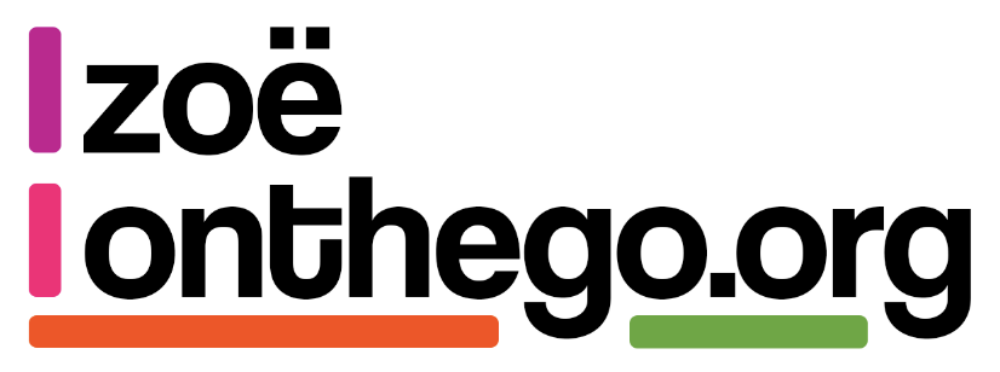Helping organisations move from ‘doing Product Management’ to ‘being Product led’.
As you might expect from someone who’s career has been within the Product space, and who has worn various ‘Head of Product’ types hats over the years; I spend a lot of thinking and talking about Product Management.
For the last few month’s I’ve been working with clients, delivering product management training courses and advice/coaching; predominantly within the Public Sector.
Over the last 10 years, lots of Public Sector departments and agencies have introduced Product Management, DDaT has brought us the Product Management career framework, and Product Managers are constantly in demand; with every digital service in the Public Sector needing it’s own Product Manager in order to pass the Service Standard Assessments.
And that’s a good thing right?
Yes, of course it is; from a selfish point of view I wouldn’t have had a career without this move, so I am of course very glad we’ve begun talking more about, and investing more in, Product Management.
However, one thing that has become increasingly clear is that while departments have brought in Product Management; the foundations that are needed to truly embed Product centric approaches are often missing. Organisations are doing Product management, without being Product Led.
This realisation has led me to shift my approach; when organisations now ask me for help training and up-skilling their people in Product Management. Rather than diving straight into the “Product 101 intro courses’ for new Product people, or the typical 3 day ‘Practitioners Guide to Product Management’ training for those people already working as a Product Manager who want to hone their skills and techniques; I’ve now also started running an ‘Intro to being Product Led’ training for their Senior Leaders; not to help them be better Product Managers; but to help them understand what their Product people need.
My theory is that by helping senior leaders understand what foundations organisations need in place to allow product centric approaches to flourish and add value; what the red flags they should be looking out for are; and what questions should they as stakeholders be asking; we can help public sector organisations become more intelligent clients, who are better empowered and informed in order to best serve their delivery teams; which will in turn facilitate better delivery.
One question I’ve heard a lot since starting to roll this training out is “Ok, that’s fine for organisations that predominantly deliver software, but what about organisations that mainly delivery hardware and infrastructure, do these same approaches work?” To which my answer, to be brief is “Yes!”
Being Product Led, isn’t a concept that only works in software houses using pure Agile methodologies; it’s a mindset, an approach, that takes the core tenants of agile (being User Centric, testing and iterating often, delivering the smallest element of value early etc.) and applies them across the whole gambit of delivery; whether you are delivering software or hardware, using pure agile or mixing your delivery methodologies.
By separating the notion of Product Management from software delivery, and helping organisations to think their product strategy and the need to deliver outcomes vs. outputs, we also facilitate the oft forgotten “build vs Buy” conversation and conversations about ‘decommissioning’.
The benefit of a Product Led approach is it encourages you to ask key questions:
- What problem are we trying to solve?
- Why do we need to do this now?
- Who are our users and what do they need?
It empowers teams to ask these questions (and more). Teams are supported to prioritise their workloads and tasks based on the answers and empowered to stop working on things that won’t add value. It helps organisations (and most especially senior stakeholders) understand why prioritisation matters, and that teams can’t deliver everything! It helps organisations to focus on delivering something that is simply ‘good enough’.
But to be Product Led, teams and organisations need to acknowledge that they may need to change their processes as well; things like their approach to funding, to procurement, to staffing teams and allocating work; may all need to change. It’s not simply enough to do ‘Product Management’ in a silo within your tech or digital directorate; this won’t help you deliver the value you’re looking to achieve; you need to put the Products and Services you deliver at the heart or your organisation, and you users at the heart of your products and services. Then you can build teams around them that are empowered to meet those users needs, and deliver real value.
